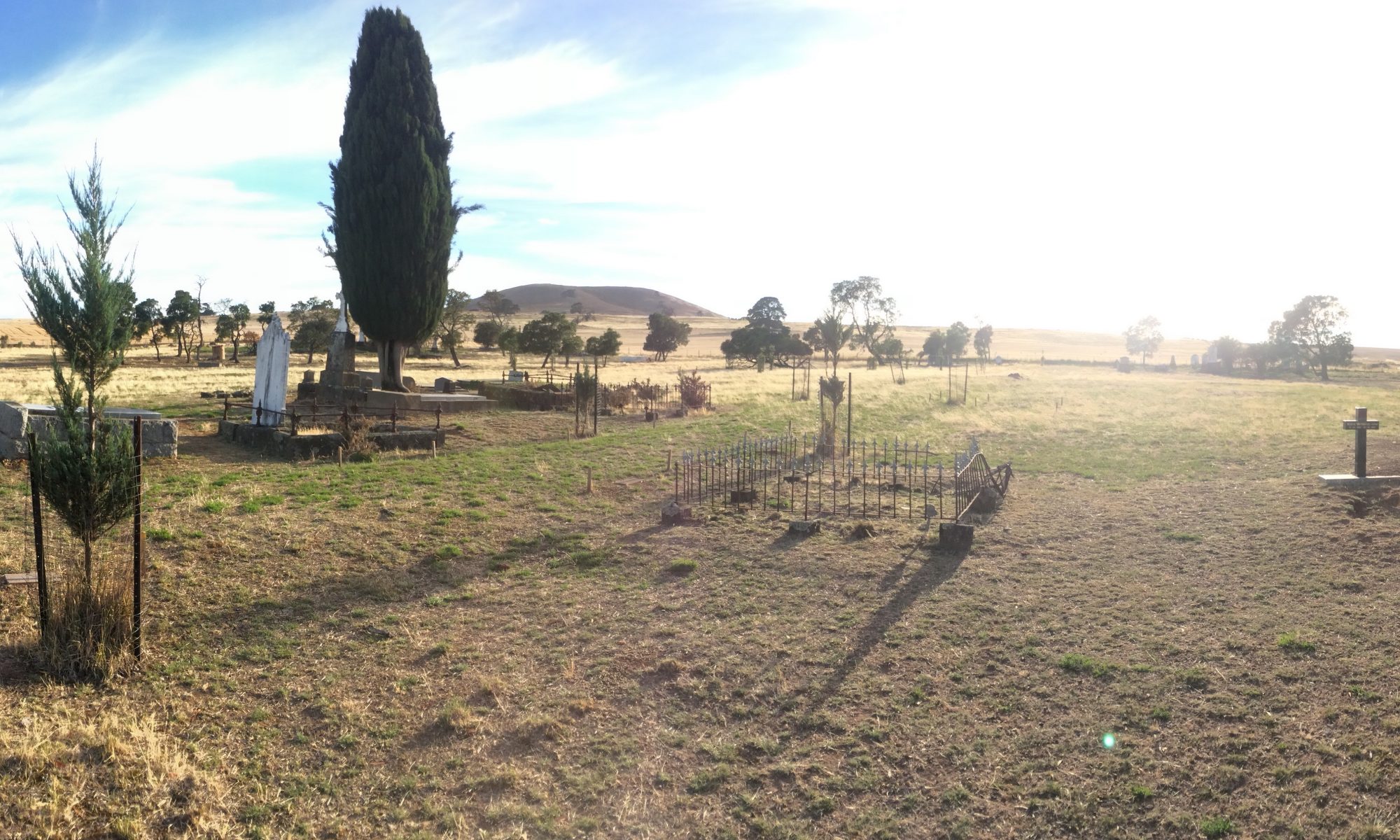Multi-threading allows a computer to work on multiple tasks at once. This allows for a significant improvement in data processing speeds.
Introducing the latest version of GPR-SLICE: GPR-SLICE v7.MT!
This new version of the software allows you to use the multi-threaded processing capabilities of modern computer hardware to drastically speed-up the processing of your ground-penetrating RADAR data.
Depending on the computer hardware you have, you may experience a 2x, 4x, 8x, or even 16x improvement in data processing speed!
After watching this video, we highly recommend you proceed to the introduction to GPR-SLICE video to learn how to actually perform filters on your GPR data.
To purchase GPR-SLICE software, please see here.
A full list of all GPR-SLICE training videos is available here.

